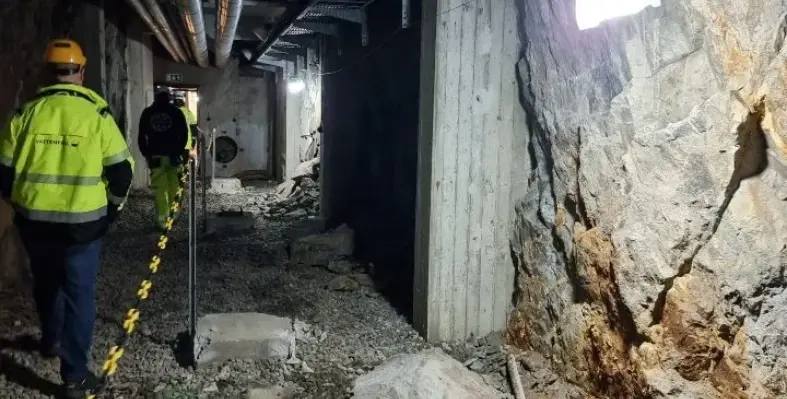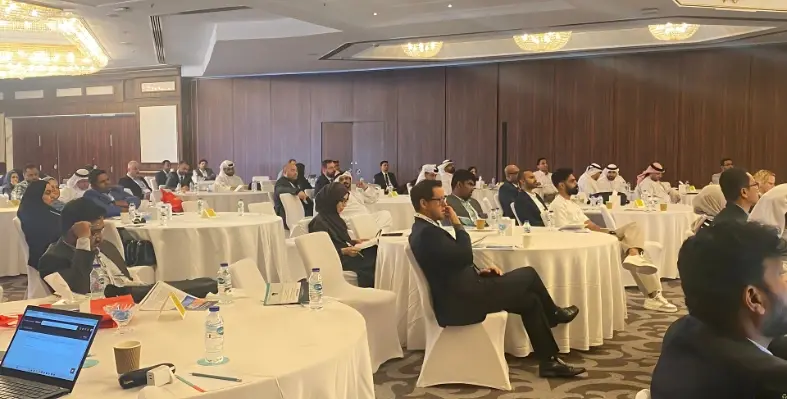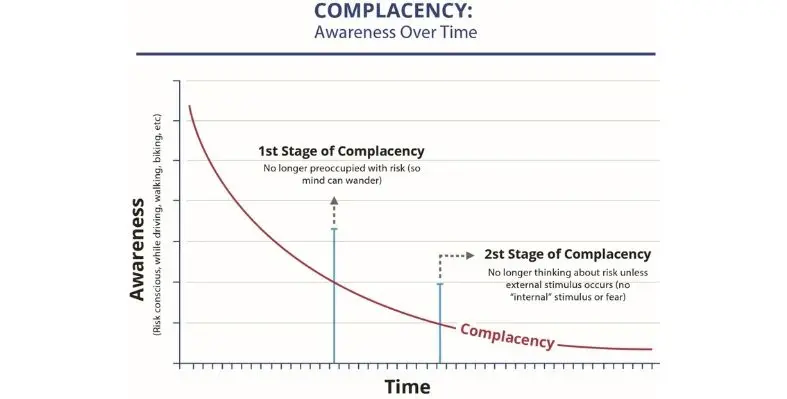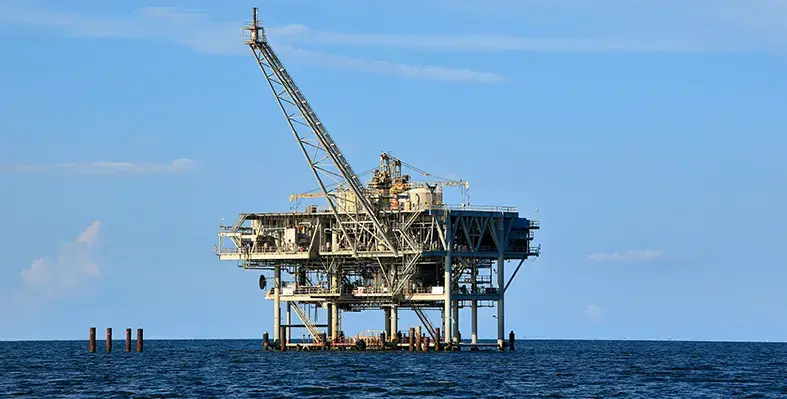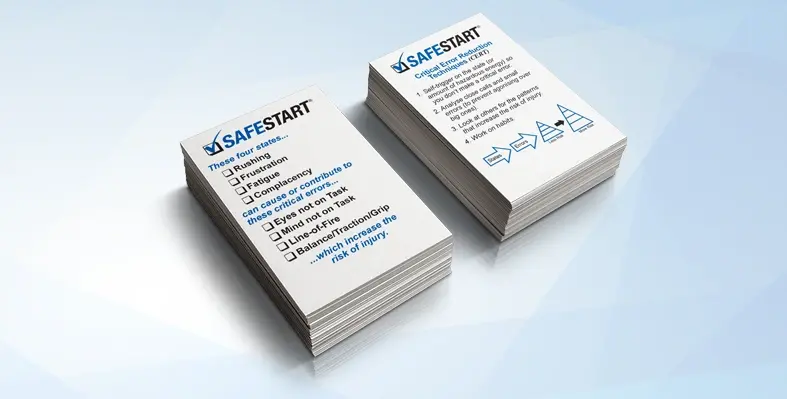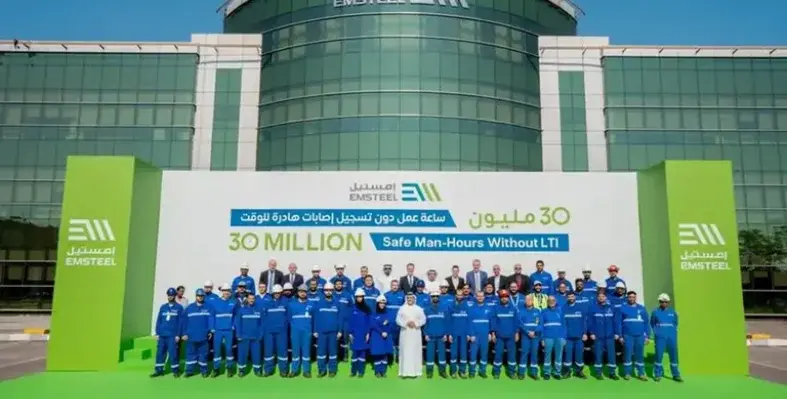A report from Persistence Market Research looks at the number of ways occupational health and safety is changing around the world.
The research found that the global workplace safety systems market is undergoing a major transformation as organisations increasingly prioritise worker protection, regulatory compliance, and uninterrupted operations.
Rising incidences of workplace hazards, coupled with stricter safety regulations and growing awareness of employee well-being, are driving widespread adoption across sectors such as manufacturing, construction, energy, and healthcare.
According to Persistence Market Research, advanced safety technologies, which are ranging from fire suppression and gas detection to PPE monitoring and machine guarding, are now essential to modern industrial operations.
Among the fastest-growing segments are real-time monitoring systems and smart PPE, powered by AI and IoT. These innovations enable proactive risk detection and real-time compliance monitoring, reducing the likelihood of accidents and improving response times.
Europe trends
North America currently leads the global market, thanks to early adoption of advanced safety solutions and a robust regulatory environment, particularly under OSHA. However, Europe also holds a strong position, backed by EU-wide directives and investment in Industry 4.0.
Recently, a groundbreaking report from the European Trade Union Institute (ETUI) has, for the first time, put a price tag on the economic toll of work-related stress across the European Union, estimating it at over €100bn (US$105bn) annually.
The study, titled 'Work-related stress and cardiovascular diseases', highlights the staggering financial and human costs of workplace stress, linking it to cardiovascular diseases and mental health disorders like depression.
The ETUI report reveals that work-related stress contributes significantly to cardiovascular diseases, which account for a substantial portion of the €100 billion cost. These expenses stem from healthcare costs, lost productivity, and absenteeism due to stress-induced illnesses. The study also underscores the mental health impact, with depression caused by workplace stress adding to the economic strain.
Meanwhile, Asia Pacific is emerging as the fastest-growing region, propelled by rapid industrialisation, large-scale construction, and evolving government safety mandates in countries like China, India, and Japan.
Markets in Latin America and the Middle East & Africa are also expanding as awareness and enforcement of workplace safety continue to improve.
The adoption of technologies such as AI, wearable devices, cloud-based platforms, and smart analytics is reshaping how organisations manage safety. These tools offer real-time insights and predictive capabilities that turn reactive models into proactive strategies.
Wearable tech like smart vests and helmets with biometric sensors is enabling continuous health and hazard monitoring on the job.
However, challenges remain. High implementation costs, integration issues with legacy infrastructure, and concerns over data privacy, particularly with surveillance and wearables, can impede adoption.
Additionally, the lack of global standardisation complicates cross-border implementation.
Despite these hurdles, opportunities abound. Safety-as-a-service (SaaS) models are making cutting-edge solutions more accessible to smaller firms.
Digitisation, supported by cloud computing and data analytics, is enabling scalable, cost-efficient safety management systems.
As more regions develop formal safety mandates and the industrial sector modernises, the global workplace safety systems market is set for sustained growth, playing a crucial role in shaping the future of safe, efficient work environments.







